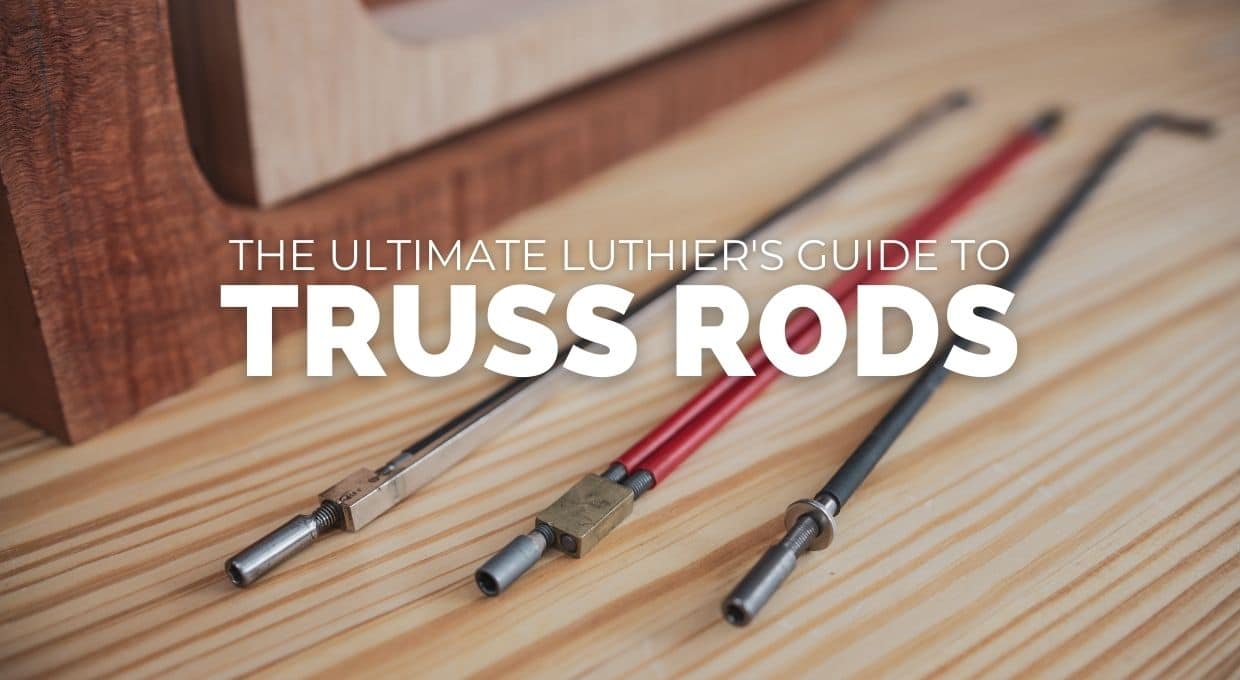So the fretboard is separated. The truss rod seems to be working, although I can't check the bottom thread block yet. How to solve the problem of the neck having too much bow, while the truss rod bolt is already too deeply recessed to grip and straighten the neck? Your suggestions are very welcome!!!
My idea is to A) check whether I can independently screw the rod from the bottom block to see if the truss rod hex bolt can be made to move upward and to seat the top block back in. This requires removing the truss rod and the skunk strip unfortunately. OR to remove the truss rod and put a single action truss rod, since back bow is not a problem with this neck. B) To steam/heat straighten the neck and the fretboard under tension and to glue them back together.
Below some more explanations and pics.
1) It seems that the truss rod hex bolt is already all the way in while the neck is without string tension. The neck has in that situation still a bow (like a lot of relief). So when string tension is put there is too much bow in the fret 1 to fret 8 part of the neck. in the picture you can see that there is not enough hex bolt exposed to grip and make adjustments.

2) It appears that the top thread block pushed upwards since the wood was crushed upwards.

3) Just for your info pic from the whole neck and the bottom thread block that is not visible on the neck picture.


My idea is to A) check whether I can independently screw the rod from the bottom block to see if the truss rod hex bolt can be made to move upward and to seat the top block back in. This requires removing the truss rod and the skunk strip unfortunately. OR to remove the truss rod and put a single action truss rod, since back bow is not a problem with this neck. B) To steam/heat straighten the neck and the fretboard under tension and to glue them back together.
Below some more explanations and pics.
1) It seems that the truss rod hex bolt is already all the way in while the neck is without string tension. The neck has in that situation still a bow (like a lot of relief). So when string tension is put there is too much bow in the fret 1 to fret 8 part of the neck. in the picture you can see that there is not enough hex bolt exposed to grip and make adjustments.
2) It appears that the top thread block pushed upwards since the wood was crushed upwards.
3) Just for your info pic from the whole neck and the bottom thread block that is not visible on the neck picture.


